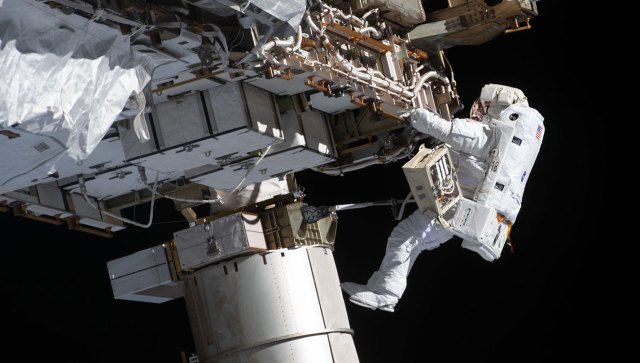In December 2024, a NASA-funded telescope spotted an asteroid called 2024 YR4 that had a small but growing chance of hitting Earth. The observation sparked public interest and made headlines around the world, as astronomers worked to plot future trajectories. Although the calculations ultimately determined 2024 YR4 did not pose a threat, the event underscored the importance of NASA’s asteroid warning system and ongoing planetary defense strategy.
Comets and asteroids such as 2024 YR4 that come within 30 million miles of Earth’s orbit are known as near-Earth objects (NEO). Every day, our planet is struck by nearly 50 tons of rocky material from space. Although most objects disintegrate into small pieces by the time they reach Earth, in rare cases larger fragments can survive the descent and sow destruction. For example, in February 2013, a 59-foot meteor exploded above a city in Russia with the force of 30 atomic bombs.
In recent decades, NASA has emerged as a leader in planetary defense, protecting the U.S. from NEOs large and small. In addition to forging national and international partnerships, it has supported multiple planetary defense missions (including one in 2022 that successfully changed the orbit of an asteroid). However, lack of staffing, structure, and resources could hinder the Agency’s ability to achieve its long-term planetary defense goals.
The Office of Inspector General (OIG) has been monitoring NASA’s planetary defense efforts for over a decade, starting with a report released in September 2014. At the time, the Agency had rapidly scaled up its NEO Observations (NEOO) Program in response to a 2005 mandate from Congress. Lawmakers were particularly concerned about NEOs 460 feet in diameter or larger, because objects of this size can cause regional devastation. Their mandate, titled the George E. Brown Jr. Near-Earth Object Survey Act, directed NASA to identify and track 90 percent of these NEOs by 2020.
Despite this immense task, in 2014 there was just one full-time employee overseeing the NEOO Program, managing its research activities and budget, and engaging with interagency and international partners. The OIG report recommended formalizing and expanding these efforts, which provided Agency officials with the justification they needed to establish a Planetary Defense Coordination Office (PDCO) in January 2016. The existing NEOO Program became a unit within the PDCO, and it continues to serve as Earth’s first line of defense.
Today, the PDCO is the primary entity responsible for coordinating planetary defense efforts. It follows specific strategic goals that guide its NEO detection, research, mission planning, emergency preparedness, and partnerships. Although establishing the office allowed for expanded roles and responsibilities, a new OIG report released this month determined that the PDCO still has limited staffing and resources. Since the Agency’s first Planetary Defense Coordination Officer retired this year, the office has returned to just one full-time federal employee overseeing less than 10 employees who contribute part-time to PDCO tasks. The small team operates without some of the typical policy and procedure requirements placed on more standard program offices within the Science Mission Directorate. This allows them to be more flexible, but makes it challenging to advocate for resources and track their progress toward meeting the Agency’s strategic planetary defense goals.
At the time of the OIG’s initial 2014 report, about 11,000 NEOs had been discovered—totaling 24 percent of all NEOs with a diameter of 460 feet or larger. Since then, NASA has identified many more with the help of the NEO Wide-Field Infrared Survey Explorer and ground-based telescopes, but the Agency is still about 45 percent shy of the Congressional goal to identify 90 percent by 2020. In September of 2020, the OIG recommended that NASA coordinate with lawmakers to request funding to spur progress and support another key planetary defense project: NEO Surveyor, a space-based telescope that will reveal thousands more NEOs using infrared technology. Once the telescope launches in 2028, it will gather enough data to complete the Congressional mandate within 10 to 12 years of operation.
NASA’s budget projections anticipate a significant drop in planetary defense funding after fiscal year 2027. The Agency does not currently have any NEO discovery or mitigation missions planned after NEO Surveyor, but there are still chances to garner additional support. For example, in April 2029, an asteroid the size of the Empire State Building will pass within 20,000 miles of Earth. Named 99942 Apophis, it will come close enough to see with the naked eye. NASA has been considering low-cost ways to explore Apophis and gather scientific data, although limited funding may curtail these efforts.
Opportunities like this mark an era of significant change and advancement for NASA’s planetary defense efforts. To succeed, the Agency must navigate budgetary restrictions and balance mission priorities within its larger planetary science portfolio. Tracking NEOs is not NASA’s only critical mission—but it is vital to protecting the planet from potentially devastating impacts.







